Selected Excerpts From:
Chapter 5: How the Game is Played – Starting Play / Face-Offs
Chapter 6: Team and Player Positions
Chapter 9: Penalties – Offsides
Chapter 9: Penalties – Two-Line Pass
Chapter 9: Penalties – Icing
Chapter 12: Things to Look for During Play / Strategy
- Attack Strategies – Dumping the Puck Into the Zone
- Goalie Strategy: Cutting Down the Angle
Also:
Check out the Table of Contents for a chapter-by-chapter description
|
|||
|
|||
|
|||
|
|||
|
|||
|
|||||
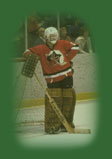
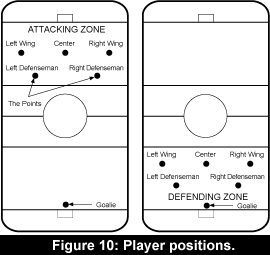 Each hockey team may have a maximum of 6 players on the ice at one time. The first 6 players to begin the game for a team are called the starting lineup. Each player has a certain job to do, and plays a certain position. The 6 positions generally played are
Each hockey team may have a maximum of 6 players on the ice at one time. The first 6 players to begin the game for a team are called the starting lineup. Each player has a certain job to do, and plays a certain position. The 6 positions generally played are 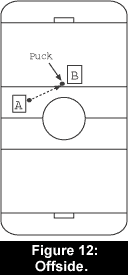
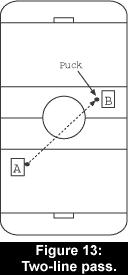
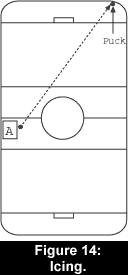
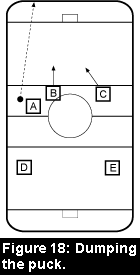 Because of the
Because of the 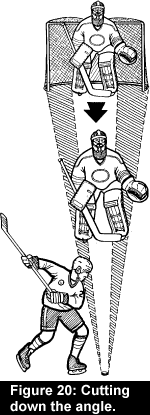 When an attacker skates towards the goal with the
When an attacker skates towards the goal with the